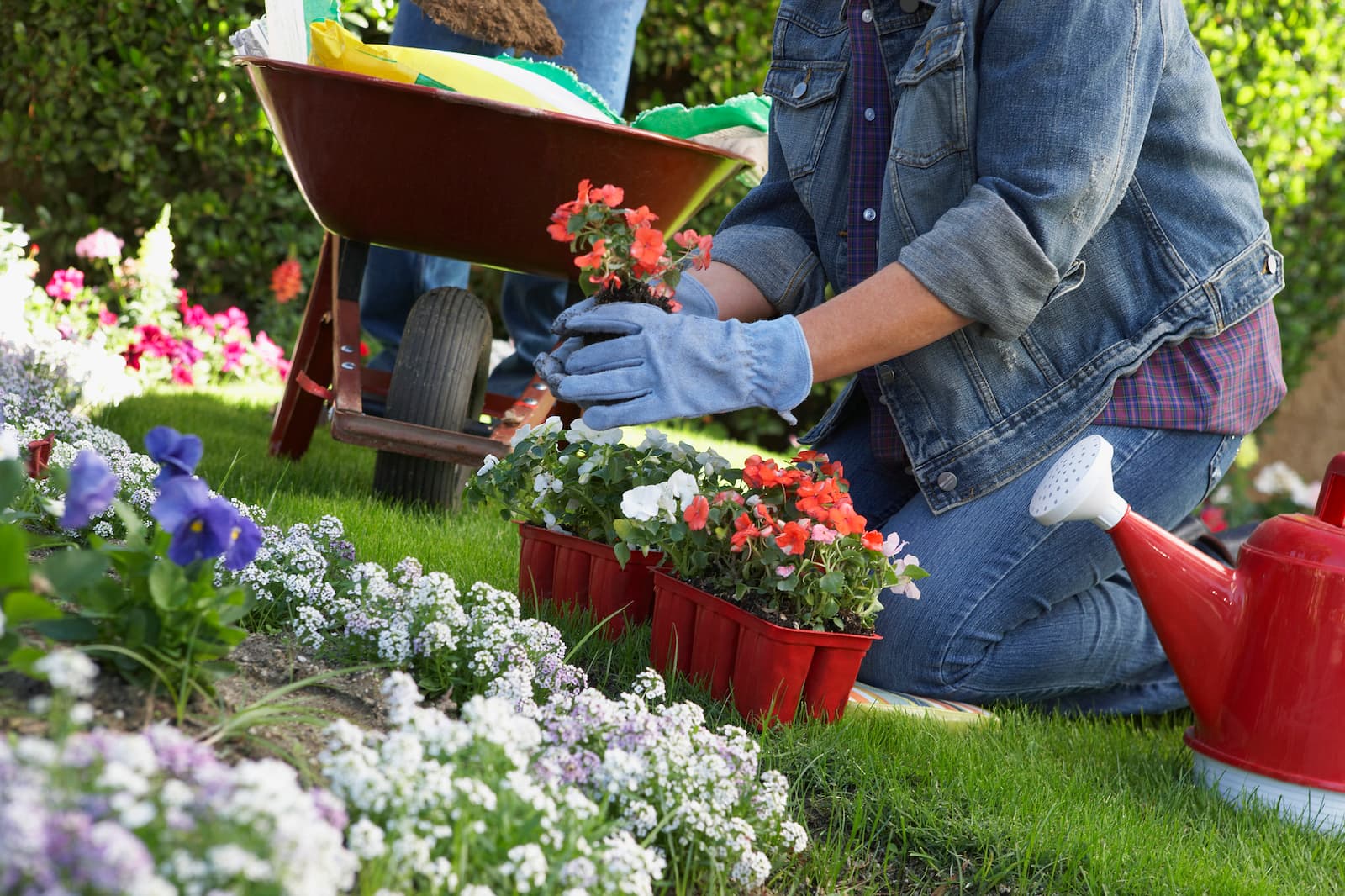Cairns, a vibrant city in Far North Queensland, Australia, is known for its lush rainforests, coastal charm, and proximity to the Great Barrier Reef. With a tropical climate that brings warm temperatures, high humidity, and seasonal monsoonal rains, gardening in Cairns presents a unique blend of opportunities and challenges. In this article, we explore gardening tips tailored to Cairns’ tropical environment, helping locals grow stunning, resilient gardens while staying in harmony with nature.
Understanding Cairns’ Climate
To garden successfully in Cairns, it’s essential to understand its tropical climate. Cairns experiences hot, humid summers with heavy rainfall (especially during the wet season from November to April) and mild, dry winters. These conditions create fertile ground for lush growth but also require careful planning to manage pests, humidity, and drainage.
Here are some tips before you embark on a journey towards gardening success in Cairns –
1. Choose the Right Plants
Opting for plants that thrive in Cairns’ tropical climate is the first step toward gardening success. Native species like Lilly Pilly, Grevillea, and Callistemon (bottlebrush) are well-adapted and attract local wildlife. Tropical ornamentals such as hibiscus, heliconias, bromeliads, and gingers flourish in the humid heat. Prioritise plants that can handle high rainfall and sunlight to ensure a healthy, thriving garden.
2. Proper Drainage is Key
With Cairns’ heavy summer downpours, ensuring proper drainage is critical. Poorly drained soils can lead to root rot and plant diseases. Improve drainage by incorporating compost or well-rotted organic matter. Consider raised garden beds or container gardening to help excess water flow away and protect plant roots during the wet season.
3. Mulch for Moisture Control
Mulching helps maintain soil moisture during the dry season and shields the soil from the intense tropical sun. Use organic mulches like sugarcane mulch, lucerne, or bark chips to retain water and suppress weeds. This not only reduces the need for frequent watering but also keeps soil temperatures stable.
4. Prune and Ventilate in Cairns
Humidity in Cairns can encourage fungal issues such as mildew and black spot. Regular pruning promotes airflow and reduces the risk of disease. Trim dense foliage, remove dead or infected plant parts, and ensure there’s space between plants for adequate ventilation.
5. Pest and Disease Management
Tropical climates can bring out a host of pests, including caterpillars, mealybugs, aphids, and fruit flies. Use organic pest control methods like neem oil, garlic spray, or introducing beneficial insects like ladybugs. Keep your garden tidy, inspect plants regularly, and act quickly at the first sign of infestation or disease.
6. Watering with Care
Although Cairns receives abundant rainfall in the wet season, dry months can be parched. Water deeply but less frequently to encourage strong root systems. Early morning is best, allowing leaves to dry before nightfall. Install drip irrigation or soaker hoses to reduce water loss and ensure consistent moisture at the root zone.
7. Fertilize Mindfully
Tropical soils in Cairns can vary widely in fertility. Use a balanced, slow-release fertilizer, ideally one suited to local conditions. Consider supplementing with seaweed or fish emulsion during the growing season. Test your soil periodically to adjust your fertilizer regime and avoid nutrient imbalances.
8. Garden in Stages
Thanks to Cairns’ warm winters, gardening can be a year-round activity. While the wet season supports tropical growth, the dry season is ideal for planting herbs, leafy greens, and hardy perennials. Take advantage of this extended growing season to maintain a vibrant and productive garden all year long.
9. Embrace Cairns Sustainable Gardening Practices
Sustainability is key in a region as biodiverse as Cairns. Start a compost bin for kitchen and garden waste to enrich your soil naturally. Collect rainwater for irrigation during the dry months to conserve water. Avoid chemical pesticides and fertilisers to protect the environment and nearby ecosystems like the Great Barrier Reef.
Composting for Sustainable Gardening
Composting is a cornerstone of sustainable gardening in Cairns. By transforming kitchen scraps, yard waste, and other organic materials into nutrient-rich compost, you not only reduce waste but also enhance your soil’s fertility. Compost improves soil structure, increases its ability to retain moisture, and provides essential nutrients for plant growth.
To start composting in your Carins’ garden, designate a composting area or use a compost bin. Collect kitchen scraps like fruit and vegetable peels, coffee grounds, and eggshells, along with yard waste such as leaves and grass clippings. Avoid adding diseased plant material or meat and dairy products, as they can attract pests.
Regularly turn the compost to aerate it and speed up the decomposition process. Over time, you’ll produce nutrient-rich compost that can be incorporated into your garden soil. By composting, you not only reduce the need for chemical fertilizers but also contribute to the health of your garden and the overall sustainability of Cairns.
Gardening in Cairns, with its mild, coastal climate and regular rainfall, offers a world of possibilities for local enthusiasts. By understanding the climate, choosing the right plants, and implementing essential gardening practices, you can nurture a lush and thriving garden that reflects the natural beauty of the town itself. Whether you’re growing native species, cultivating moisture-loving plants, or embarking on a year-round gardening journey, Cairns’ unique climate can be your green canvas for horticultural creativity.
By incorporating these tips and embracing sustainable gardening practices, it will help to create and maintain a garden that not only thrives but also contributes to the sustainability and natural beauty of Cairns.
